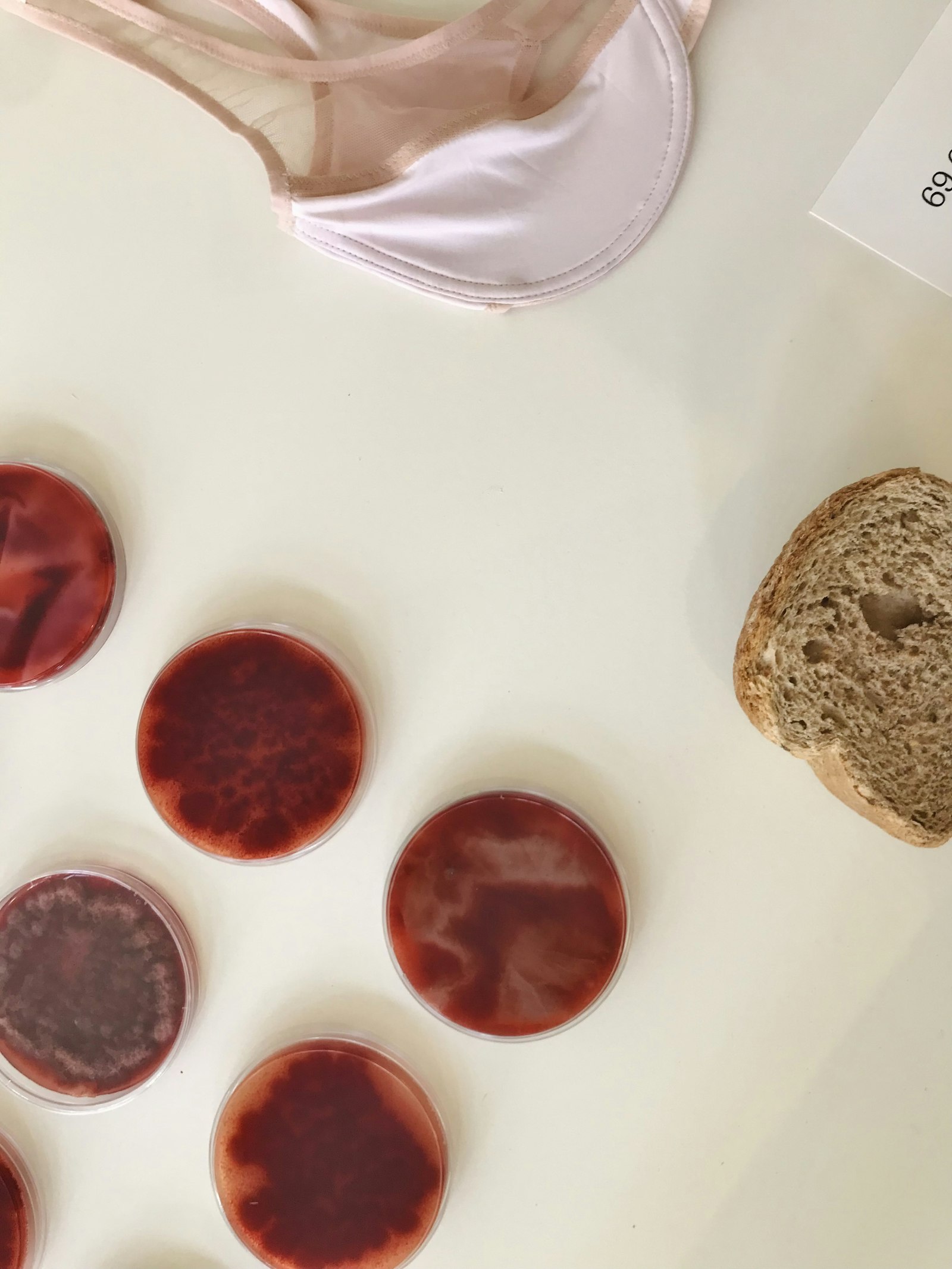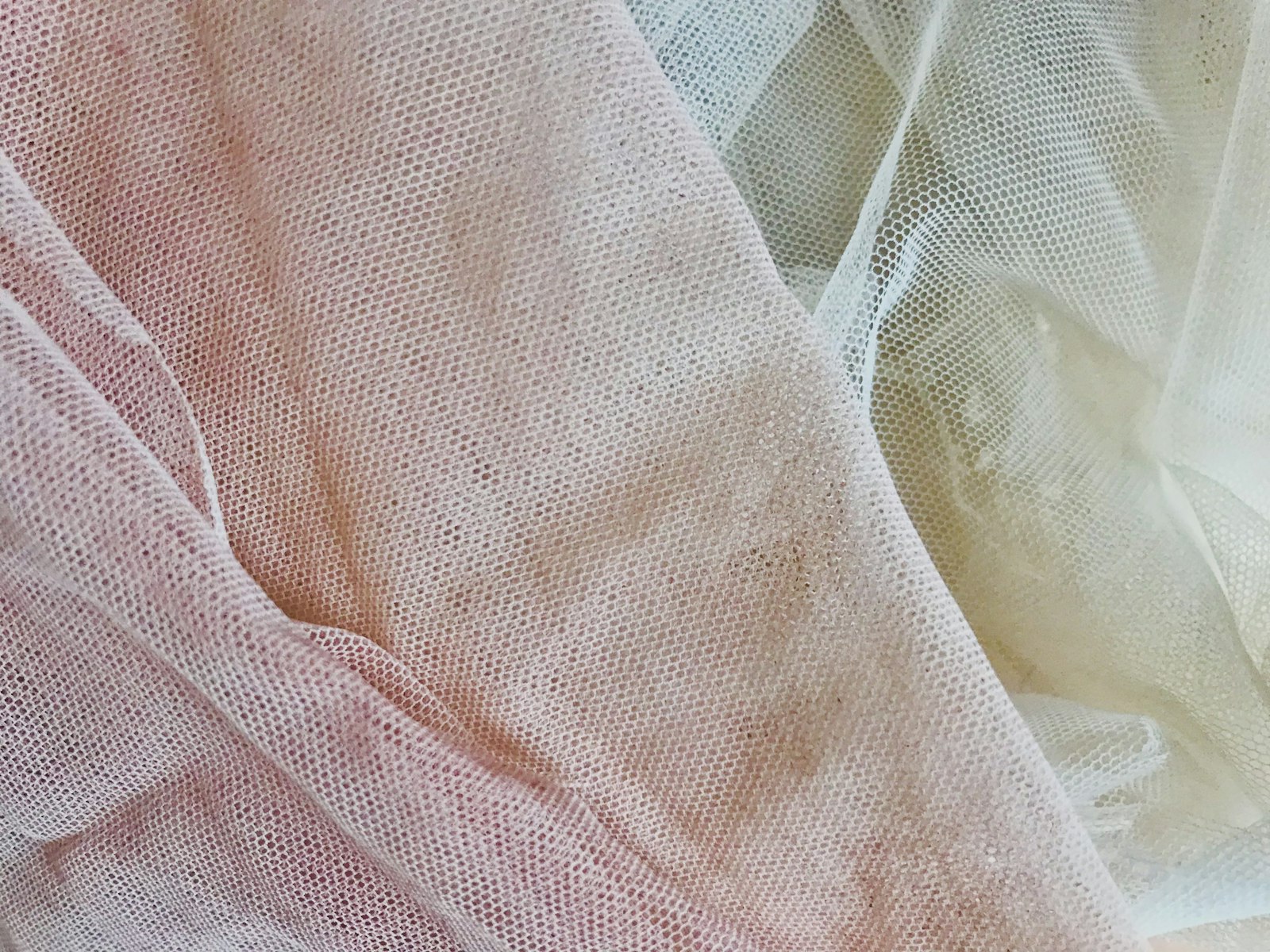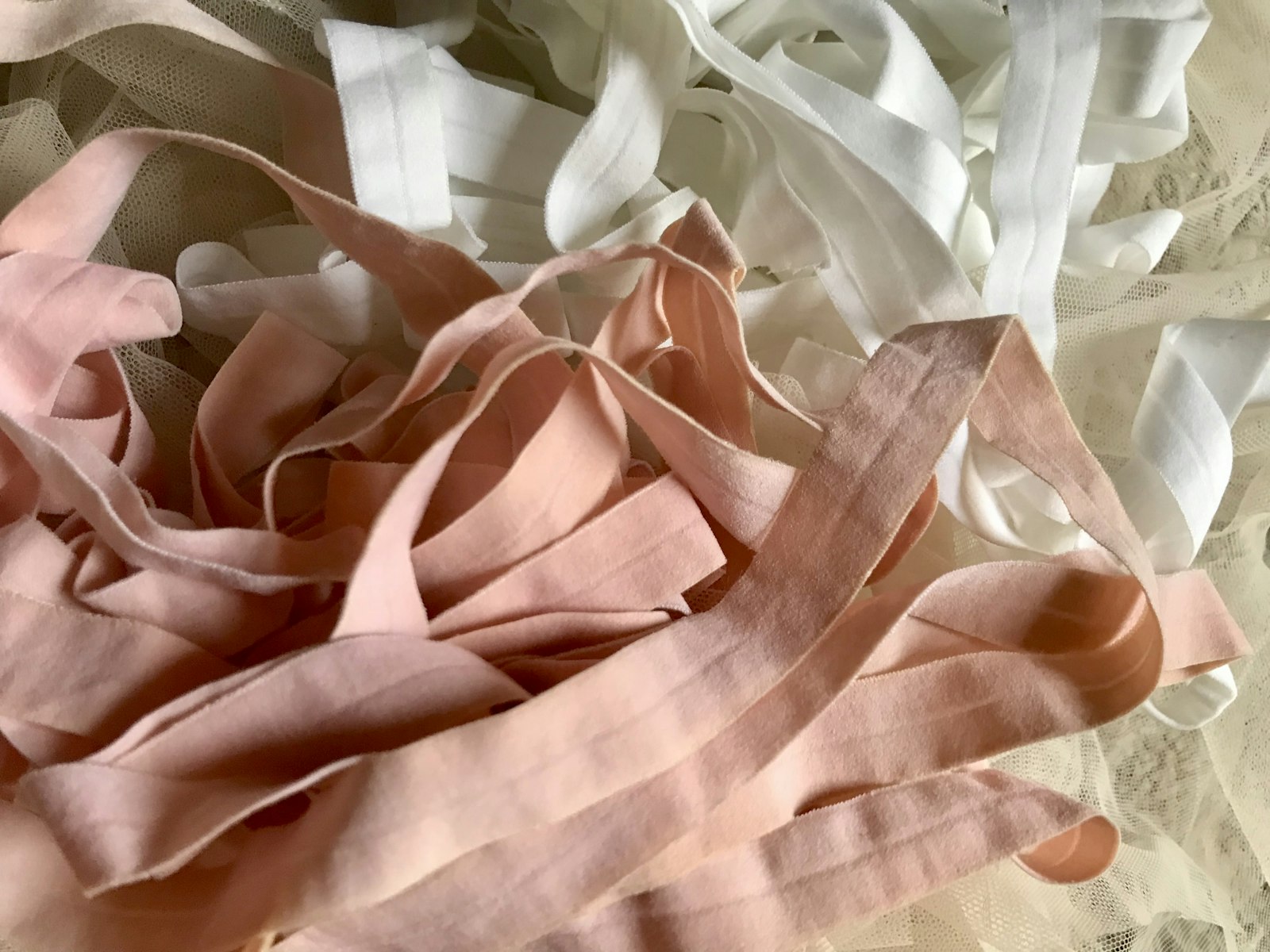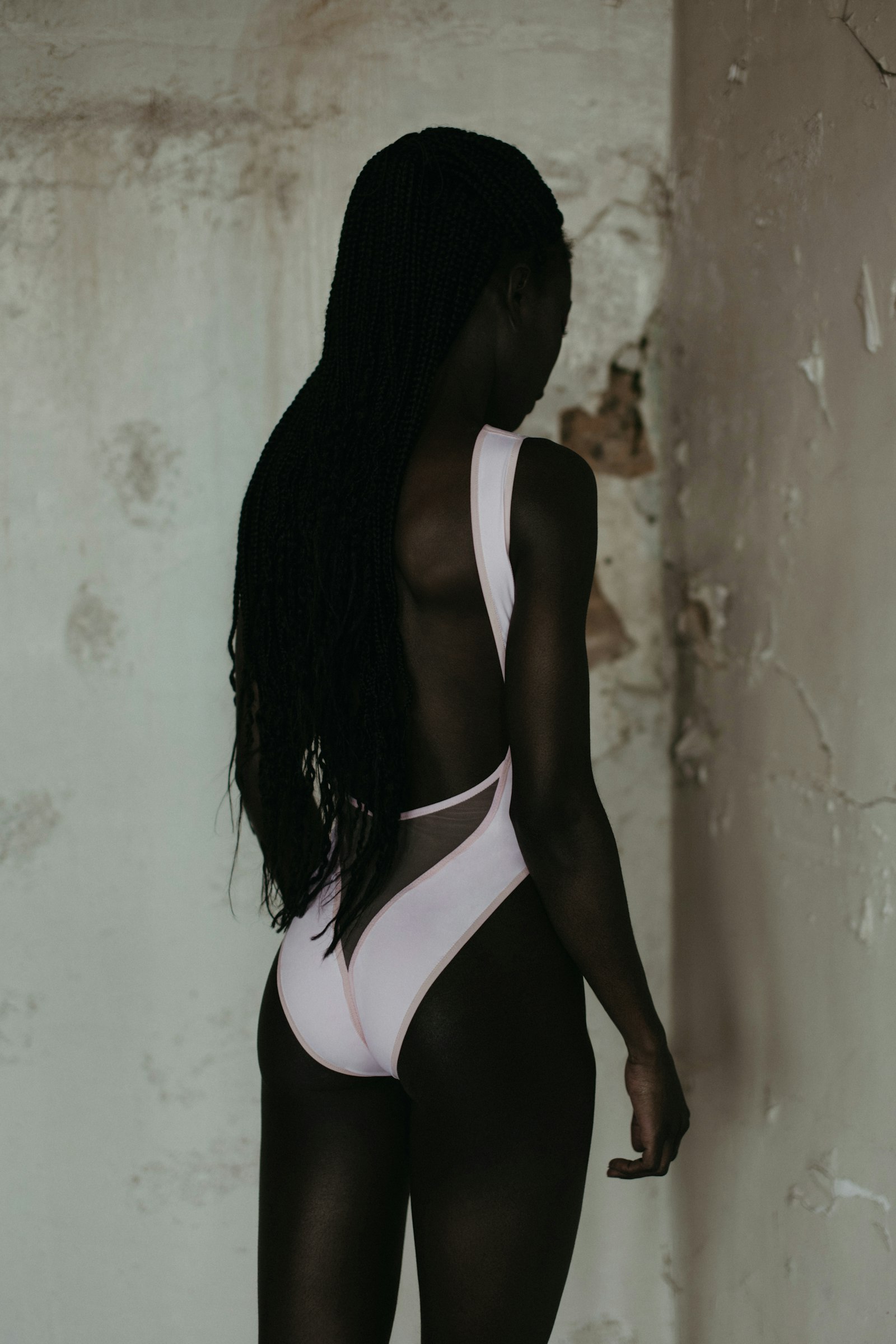de Velde
Rotmóy / Hongerhuids
Rotmóy / Hongerhuids is a research that converts surplus food into colourful pigments via fermentation.
With Rotmóy, Studio Narture is focusing on raising awareness about the issue of food waste and the polluting impact of synthetic colours in textiles. It developed an innovative and scalable process to convert food surpluses into colourful pigments thanks to fungi and bacteria that are able to colour textiles. Hongerhuids is used in collaboration with lingerie brand Under Thy Skin: lingerie fabrics were coloured with red pigments made from leftover bread from a local bakery chain, colouring both natural and synthetic textile fibres, using only natural excipients.
The jury on Rotmóy / Hongerhuids:
“A beautifully designed product - lingerie - is linked to non-obvious ingredients: leftover food. The research makes us look at a commodity both aesthetically and ecologically.”
What does this award mean to you?
Annabelle Cassiman (Studio Narture): It makes us extremely happy to receive this recognition for our work. It shows us that people believe in a more sustainable world with less waste and more creativity, and that biodesign, niche expertise and intersectoral thinking reinforce each other as catalysts. We also believe that this award will help us spread this message even further and encourage more doers to experiment with biodesign and food waste themselves.
How did the idea for this project come about?
Annabelle Cassiman: I decided a few years ago to connect my two passions, food and art, and so began experimenting with food waste as a possible source of colour. Thanks to my expertise in the food industry, I discovered the enormous potential of biodesign and biopigments from bacteria, fungi and yeasts. This marked the beginning of Rotmóy. In 2019, our paths crossed with Neri from Under Thy Skin in a plant-based kitchen where we both worked for a second income. Neri explained how she would like to colour with food waste, but had insufficient knowledge to develop this further. The idea of working together lingered and after the first colour concoctions emerged on bread, we immediately began experimenting on textiles.
What makes the project so special?
Annabelle Cassiman: Natural colours have been explored for centuries, and in recent years more and more as an alternative to petroleum-based pigments. Unlike plant and animal sources of colour, Rotmóy concocts pigments through fungi and yeasts. We combine the natural means of communication of these organisms with the needs of the textile dyers and industry. Our pigments are not seasonal and mature within a few days rather than months, so they require less water and energy. In addition, the fungi and yeasts grow on food waste such as old bread and bind on synthetic and natural textile fibres, a rare feature among natural colours. This not only boosts scalability, but reduces our impact on the planet twofold.
How does it contribute to a better world?
Annabelle Cassiman: Food waste is literally a huge problem, with 3.5 million tonnes a year in Flanders, the majority of which does not reach consumers. In addition, 99% of the pigments that colour our clothing are made of petroleum, which means that they are not biodegradable or renewable. Together with other dyes, they flow into seas and rivers, where they pollute water and soil for a long time and thus endanger human health. However, for niche products such as lingerie, a sustainable colour method is the quickest way to make them more sustainable, because only synthetic fabrics such as elastane and polyamide give it the stretch it needs. Rotmóy uses wasted food to colour textiles more sustainably. With Hongerhuids we are bringing our story back to the consumer and industry.
Do you have any further plans for this project?
Annabelle Cassiman: Hongerhuids was the first try-out of how a collaboration between textile designers like Under Thy Skin and Studio Narture can emerge from the first colour tests. We now want to further explore this dense connection and theses feedback loops by conducting targeted market research among end users in order to market a capsule collection of Hongerhuids. In addition, we want to optimise the colour fastness and binding power of Rotmóy’s pigments further through additional research with partners from the textile industry and designers, for which we are currently seeking additional funding.




